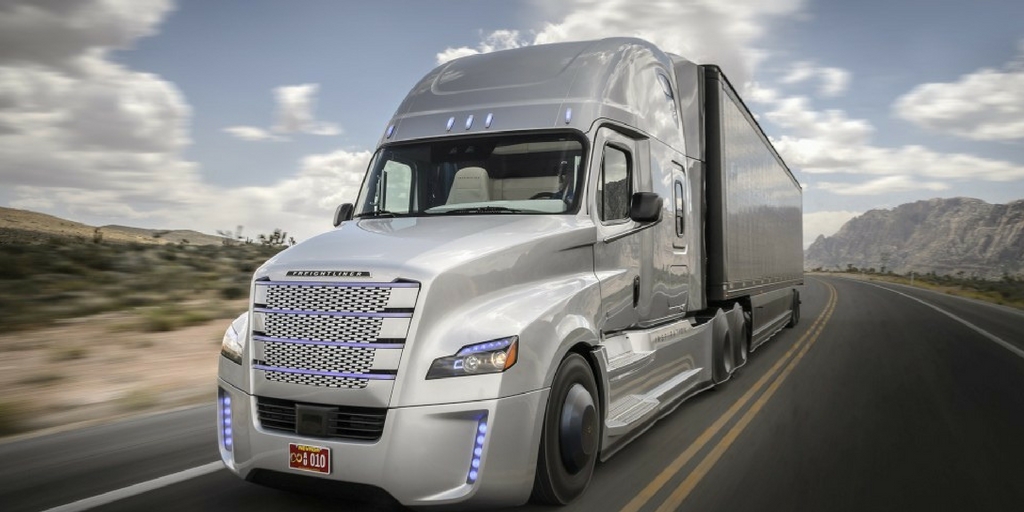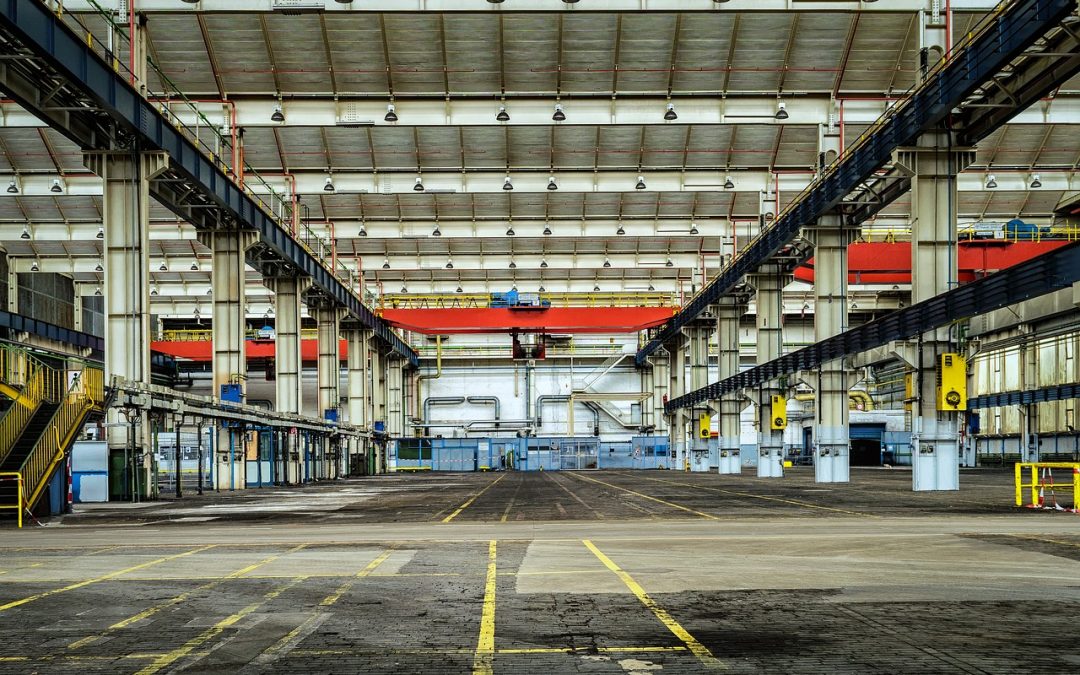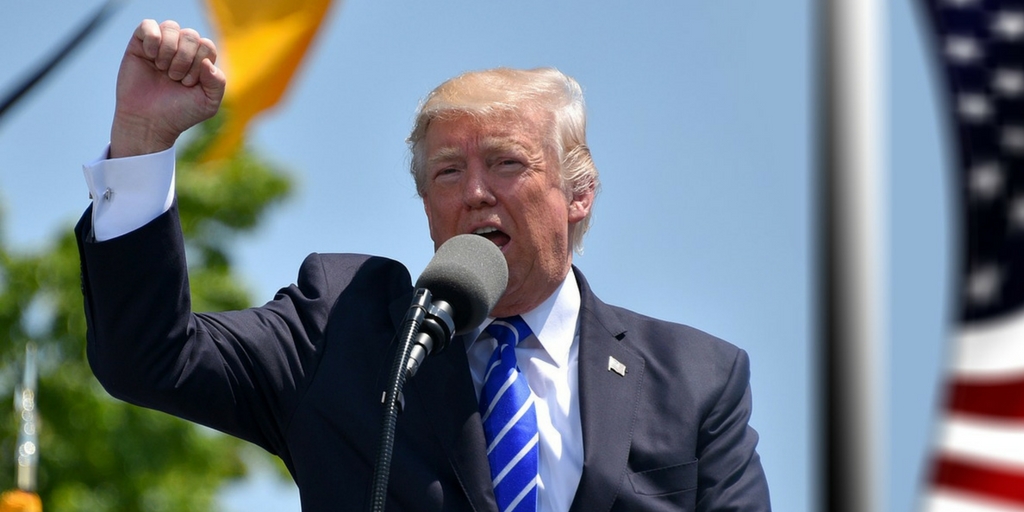
by Elizabeth Hines | Jul 10, 2017 | Blog, Consumer Electronics, Manufacturing & Distribution, Strategy, Supply Chain
With increasing consumer demands comes an increasing need for electronics manufacturers to adapt and change with the times.
Manufacturing operations strive to increase demand fulfillment and to reduce costs. But, too often these objectives seem mutually exclusive in practice. In fact, a 10-year study by Accenture of nearly 250 businesses across industries and sectors found that only 11% were meeting both goals.
So what are the 11% doing differently? Interestingly, the study found that operational flexibility was the common thread binding these companies together. What’s more, they were able to achieve flexibility, reduce costs, and increase demand by adhering to three key principles of operations.
3 pillars of operational flexibility
1) Keep it simple.
It can be difficult to keep up with the growing market demand for product customization while maintaining low overhead costs. But the answer is not fewer SKUs — in fact, quite the opposite. Successful manufacturers have increased product variants while reducing the number of components in each SKU, simplifying production.
A prime example of this is Toyota, which is transitioning from 100 different platform variants to five standard platforms across all its models. The brand will maintain design variation in accompanying components and interior choices. Toyota expects this will enhance the customer driving experience while reducing factory costs by 40% and manpower by about 20%.
2) Embrace digitization.
The supply chain is a series of steps toward getting the product in the hands of the end user. Digitization can break down barriers between steps so the supply chain becomes one integrated process. By offering faster responsiveness through digitalization, businesses can better meet consumer demand in timely manner.
Additionally, digitization can help reduce costs associated with production. An example of this is the use of 3-D printing. Traditional manufacturing processes for building a part are subtractive, creating a lot of scrap and wasted material as a byproduct. Not so with 3-D printing, an additive process using the minimum material necessary to fabricate a part. Less wasted material equals less wasted cost.
3) Develop multi-skilled labor.
Investing in a workforce that can adjust and handle multiple duties is an important aspect of operational flexibility. By cross-training employees, manufacturers are better able to optimize time and effort.
Honda’s ARC line, which trains line members across multiple tasks, offers a prime example. Not only are employees more capable of assessing and solving problems, Honda has been able to improve work efficiency by 10%.
Variables
With increasing consumer demands comes an increasing need for electronics manufacturers to adapt and change with the times. And there will always be unexpected variables and market fluctuations that require operational agility. But by being faster, more flexible, and cheaper, businesses can continue to increase demand fulfillment while effectively managing costs.
This article originally appeared on EBN Online.
Related posts:

by Elizabeth Hines | Jun 14, 2017 | Blog, Current Events, Logistics, Strategy, Supply Chain, Transportation & Trucking
Startups and transportation juggernauts alike are entering the race toward the self-driving truck, but no two strategies look alike.
There will come a time in the not-so-distant future when — instead of using a CB radio to communicate with a freight driver — you will use a line of code. A recent study conducted by the White House concluded that at least 80% of trucking jobs will be lost to automated technology.
Companies such as Otto (Uber’s robot division), along with start-ups Starsky Robotics, Embark, and Drive.ai are championing the cause of self-driving trucks. These companies are hoping to capitalize on an industry that needs revitalization. With a shortage of about 75,000 jobs and a turnover rate that tops 90%, the current climate is ripe for change.
Self-driving doesn’t mean driverless
Trucking is a $700+ billion industry, with about a third of the costs going to driver compensation. It stands to reason that there is serious incentive to get this technology rolling out onto the highways, removing the need for drivers. However, so far, most plans don’t seem to involve going cold turkey.
Both Otto and Embark will have the automated system take over for the driver when the truck is up and running on the highway. Then once the truck exits, the driver returns to the controls. The benefit of this system is the ease of which the automated driver can navigate highways, as opposed to local roads. Additionally, this system will put less stress on the driver, who can rest while the truck is on the highway.
Starsky Robotics, while not looking to do away with drivers, wants to remove them from the trucks. Starsky’s trucks will be completely autonomous on the highway. Upon exiting, the job will be turned over to trained experts that remotely guide the trucks to their final destinations. Starsky believes by bringing the drivers off the road, and into offices, freights will run more efficiently and on time, while not putting undo stress onto drivers.
While the competition focuses on long-haul trucking, Drive.ai has begun testing automated freight services on around-town delivery vehicles, which it feels is an easier way to introduce its technology. The company says it is developing software to control trucks using a small computer that “learns” how to drive, rather than using complex computers programmed with every conceivable move the vehicle could make.
Bumps in the road
While testing is underway for many of these technologies, not every course has proved smooth sailing. Most notably, Waymo, Google’s self-driving car project, has filed a lawsuit against Uber, accusing the company of using trade secrets taken by Anthony Levandowski, after he left Waymo to found Otto.
Currently, it’s unclear which company will emerge as the leader in the race to automated trucking. What is apparent, though, is there’s no putting the genie back in the bottle.
Automation technology is only becoming more prevalent. With the trucking industry in its current state, it’s only a matter of time before self-driving trucks become the norm.
This article originally appeared on EBN Online.
Related posts:


by Elizabeth Hines | Feb 21, 2017 | Blog, Consumer Electronics, Manufacturing & Distribution, Strategy, Supply Chain
Will sustainability trends from the consumer packaging industry have an impact on electronics manufacturing this year?
As we wrap up the first big consumer holiday of 2017, it’s interesting to think about how innovation in packaging never stops. While many of the newest ideas are hitting consumer applications first, perhaps they will point to new directions for electronics manufacturing as well.
Packaging trends suggest a wide range of startups, researchers, and big companies are committed to finding solutions that match the buzzwords du jour — sustainable, bio-degradable, natural, and eco-friendly.
Here are some sustainability trends in packaging that I think will gain momentum in 2017.
2017 packaging trends to watch
1) Multiple uses
Great packaging protects not only your product, but also your brand. But what if the packaging is part of the product itself?
That is the case with innovations such as the expandable bowl by Swedish design studio Tomorrow Machine. Using 100% bio-based and biodegradable materials, the company created a cellulose wrapper that hugs freeze-dried food and morphs into a bowl when hot water is poured into the spout. The bowl ― a sustainable packaging award winner ― is now in good company, and I expect more will follow.
2) Unconventional materials
Egg shells, fermented sugars, barley, and wheat ribbons — those were the materials used to create, in turn:
- Bio-compostable films: Nano-particles from waste eggshells helped researchers at Tuskegee University in Alabama make a plastic film that is completely sustainable and 700% more flexible than other bio-plastic blends. Film made of the new material could be used in retail packaging, grocery bags and food containers.
- A prototype PHBottle: The European PHBottle project aims to initially create a bottle, cap, and sleeve, although use in other applications (non-food packaging and non-packaging uses) will be tested. The bio-plastic material used to make the bottle comes from the transformation of organic matter found in juice processing by-products.
- Edible six-pack rings for beer: Imagine washing down the six-pack ring with your favorite beer. Although that moment is not quite here yet, the future is looking up for a piece of plastic that is notorious for ensnaring wildlife. The first bio-degradable edible six-pack ring for beer is the result of a partnership between Saltwater Brewery; We Believers, an advertising agency; and Entelequia, Inc., a small startup in Mexico. Made from barley and wheat ribbons spent grain from the brewing process, the rings are safe for wildlife to eat and sturdy enough to support the cans.
3) Reusable packaging
The throw-away culture is not for everyone. In fact, Mintel’s Global Packaging Trends 2017 shows 63% of U.S. consumers actively seek out packages they can re-use. More than half of consumers also say they would prefer to buy foods with minimal or even no packaging. With such great demand for waste reduction, innovation is bound to pick up even more momentum.
What do you think 2017 will bring in terms of sustainable packaging for the electronics industry? Let us know about promising innovations you’ve seen.
This post originally appeared on EBN Online.
Related posts:

by Elizabeth Hines | Jan 18, 2017 | Blog, Logistics, Strategy, Supply Chain, Warehousing & Materials Handling
Having a modern, flexible supply chain is important to finding the way out of inventory dilemmas.
Imagine your irritation when you try to place an order online and are greeted by the message: “We apologize for the inconvenience, but this item is out of stock.”
However, even if the item is in stock, your mood is likely to sour if delivery will take more than a few days — and, even worse, you also have to pay for shipping. If you’re anything like me, you will quickly find an equivalent product that’s available immediately and ready to be shipped that same day.
It’s in the light of this hyper-competitive environment that the current inventory crisis should be seen. To sum it up from the perspective of warehouse owners: these are good times. Warehouse rents are hitting new highs as vacancy rates sit below five percent in many major cities.
From the viewpoint of retailers, on the other hand, it’s a significant challenge. Excess inventory is building even as consumer demand remains relatively high. Well aware of the consequences of not meeting ever-rising consumer expectations, retailers have felt compelled to stock up to — at all costs — avoid that irritating “out-of-stock” disclaimer. On the other hand, a chock-full warehouse is not necessarily good for business or speedy fulfillment.
Modernity and flexibility are key
This is when the importance of having a modern, flexible supply chain really comes into play:
- How quickly can the supply chain adjust to changes in demand?
- What’s the visibility up and down the supply chain?
- How aware is each link of what others are doing?
- How fast can inventory be refocused?
Some companies like Nordstrom have invested in cloud-based supply chain services. In Nordstrom’s case, the acquisition of a minority stake in DS Co., a supply chain software firm, which links inventory management between retailers and suppliers, was designed to facilitate direct shipments from vendors to customers, thereby circumventing the need for more inventory space. When suppliers and retailers track the inventory of one another, the risk of out-of-stock disappointments is reduced and risk is shifted up the supply chain.
Put to practice, it means that an order placed on the luxury retailer’s website is routed to the manufacturer, which then ships the item directly from its warehouse to the buyer. The Wall Street Journal noted Nordstrom’s investment comes “as retailers are racing to compete with e-commerce companies such as Amazon.com Inc. to provide convenience and speedy delivery to customers while keeping costs down.”
J.C. Penney is also shifting gears to avoid inventory gluts. The new business model essentially turns part of the store into a showroom for one of its suppliers, Ashley Furniture. Instead of keeping inventory in store or in distribution centers, all orders will be shipped straight to the consumer from Ashley Furniture.
Drones are not surprisingly part of solving the inventory dilemma. Walmart, for example, is testing the use of drones to catalog inventory, finishing in one day what it takes employees a whole month to get done. The intent is partly to make the giant retailer’s supply chain more efficient.
Clearly, traditional retailers are exploring new territory to meet consumer demand.
What do you think is key to solving the inventory crisis?
This post originally appeared at EBN Online.
Related posts:

by Elizabeth Hines | Dec 7, 2016 | Blog, Current Events, Strategy, Supply Chain
Regardless of Trump’s campaign promises, global trade and trade agreements are complex issues that can’t be solved with the wave of a tariff wand.
Trade was at the forefront of the 2016 presidential race, with both candidates putting the United States on a collision course with China. President-elect Donald Trump, of course, made massive tariff hikes one of the defining issues of his campaign.
In stark contrast to traditional Republican rhetoric, Trump vowed during his acceptance speech in July — while also promising to bring jobs back to Ohio, Pennsylvania, New York, Michigan, and “all of America” — “I am not going to let companies move to other countries, firing their employees along the way, without consequences. Not going to happen anymore.”
Although such language makes trade experts and economists balk, that line in particular earned the approval of both Democratic (72%) and Republican (61%) voters who listened to the speech as part of a focus group. If you have been directly affected by the manufacturing layoffs, it may be tempting to assume that waving the tariff wand and putting the screws on American companies will bring about a manufacturing renaissance in the United States.
The complex problem of global supply chains
The reality is, as countless experts caution, far from that simple, threatening instead to severely disrupt U.S. manufacturers that rely on global supply chains.
One of the bleakest assessments by Moody’s Analytics maintains hitting China and Mexico with tariffs of 45% and 35%, respectively — and assuming they do not retaliate with the same rates — would cause two million American workers to lose their jobs, throw the country into recession, and lead to another 1.5 million jobs never being created that otherwise would have been.
Besides the global implications of a trade war, imposing high tariffs on China, to which the United States sold $116 billion of goods in 2016 (including aircraft parts, semiconductors and automobiles) could have far-reaching consequences on the health of our high-value industries if China decides to hit back.
The law of unintended consequences
The law of unintended consequences was on display when the U.S. Commerce Department in 2012 slapped anti-dumping duties on Chinese solar panels after SolarWorld AG charged below-cost Chinese imports cost hurt the company’s U.S. production. In response to the 78% duty, China hit U.S. producers of polycrystalline silicon, the raw material for photovoltaic cells, with 57% duties.
As a result, a fast-growing industry gearing up to meet demand from Chinese solar panel makers took a significant hit. Hemlock Semiconductor in 2014 abandoned construction of a $1.5 billion new silicon plant, while REC Silicon in Moses Lake, Wash., halted production this year.
REC Chief Legal Officer Francine Sullivan commented in Fortune, the “necessity and value in putting on tariffs to protect solar panels in the U.S. was just not thought through. We’ve suffered enormous financial damage as a result of this.”
As I reviewed a variety of opinions for this piece, I came across two quotes that offer valid yet widely different perspectives on the issue:
First, here is Scott Paul, president of the Alliance for American Manufacturing, in Fortune:
“I don’t think [Trump] does our issue any favors by being so incredibly jingoistic and bombastic. But I believe there is widespread agreement. … There is something amiss with our economic relationship with China, and it’s past time that our government pushes back a little more forcefully.”
Secondly, Doug Oberhelman, chairman and CEO of Caterpillar and president of Business Roundtable, who has described higher tariffs as “very dangerous,” told the New York Times:
“We are 5% of the world population. Ninety-five percent of our potential customers are elsewhere. We’ve got to learn and figure out how to deal with that.”
Regardless of which viewpoint coincides with your own, it is safe to say trade and trade agreements are enormously complex issues that hardly fit into the narrative of populist appeal. An outright trade war will benefit no one.
What is your take on this issue?
This post originally appeared on EBN online.






